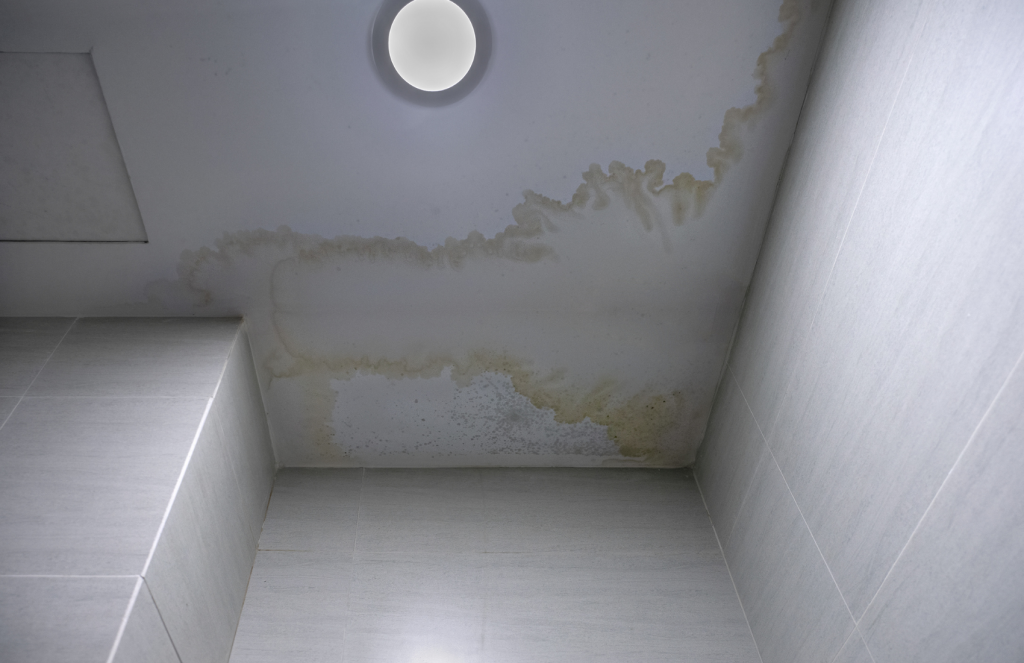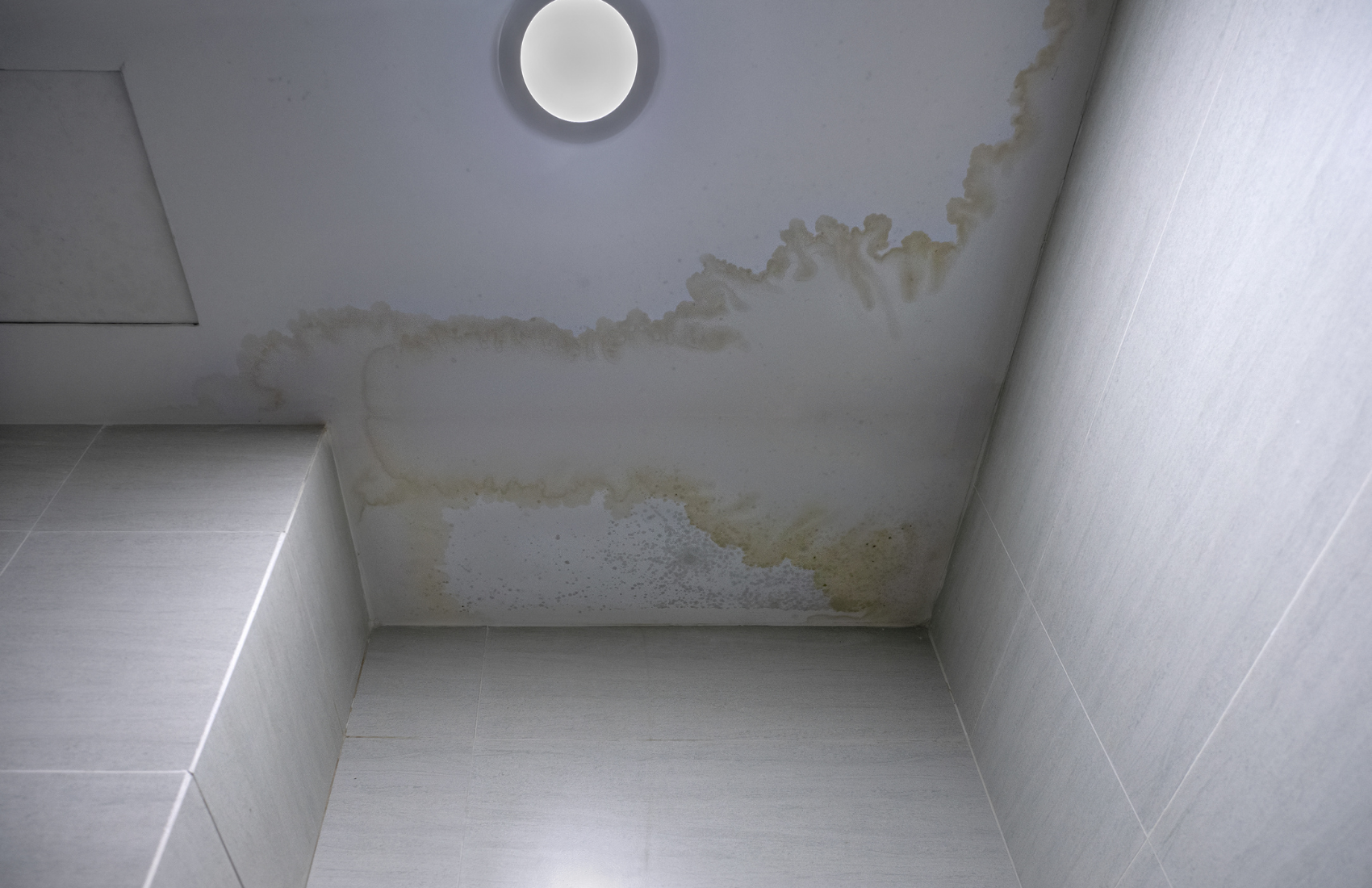Imagine this: a heavy rainstorm has just passed, and you’re enjoying the sound of raindrops outside your window. However, as you look up at your ceiling, you notice an unwelcome sight – a wet spot. The appearance of a wet spot on your ceiling after heavy rain can be distressing, but understanding the possible causes and knowing how to address the issue is crucial. In this article, we’ll explore the common reasons behind wet spots on your ceiling and provide solutions to prevent further damage.

Why Is There a Wet Spot on Your Ceiling After Heavy Rain?
The presence of a wet spot on your ceiling following heavy rain can be attributed to various factors. Let’s delve into the most common causes:
1. Roof Leaks
One of the primary culprits for wet spots on your ceiling is a roof leak. Over time, exposure to the elements can cause wear and tear on your roof, leading to the development of gaps, cracks, or damaged shingles. Heavy rain can infiltrate these vulnerabilities and make its way into your home, resulting in a wet spot on the ceiling.
2. Clogged Gutters and Downspouts
When your gutters and downspouts are clogged with debris, such as leaves and twigs, rainwater can overflow and pool on your roof. This excess water can seep through the roof’s protective layers and into your ceiling, causing wet spots.
3. Flashing Problems
Roof flashing is a protective barrier installed at vulnerable points, such as chimneys, vents, and skylights. If the flashing is improperly installed, damaged, or deteriorating, it can allow rainwater to enter your home.
While less common, condensation problems can also result in wet spots on your ceiling. High humidity levels in your home can lead to condensation forming on the ceiling, which may be mistaken for a roof leak.
Addressing a Wet Spot on Your Ceiling
Now that you know some of the causes, here’s how to address a wet spot on your ceiling after heavy rain:
1. Inspect Your Roof
If you suspect a roof leak, it’s essential to inspect your roof. Look for damaged or missing shingles, cracked flashing, and any visible signs of wear and tear. Consider hiring a professional roofer for a thorough inspection and necessary repairs.
2. Clear Your Gutters and Downspouts
Regularly clean your gutters and downspouts to prevent rainwater overflow. Make sure to direct water away from your home’s foundation to minimize the risk of water infiltration.
3. Examine Roof Flashing
Inspect the flashing around chimneys, vents, and skylights for any issues. If you find problems, consult a roofing professional to address them promptly.
4. Check for Interior Condensation
If the wet spot doesn’t appear to be related to a roof issue, consider the possibility of interior condensation. Ensure proper ventilation and consider using a dehumidifier to maintain optimal humidity levels.
Preventing Future Wet Spots
To prevent future wet spots on your ceiling after heavy rain, consider the following preventive measures:
1. Regular Roof Maintenance
Schedule regular roof inspections and maintenance to identify and address potential issues before they become major problems.
2. Keep Gutters Clean
Regularly clear your gutters and downspouts to prevent water overflow and roof leaks.
3. Maintain Flashing
Ensure that roof flashing is installed correctly and remains in good condition to prevent leaks.
4. Manage Indoor Humidity
Control indoor humidity levels to minimize condensation issues. Install exhaust fans in bathrooms and kitchens, and make sure your home has proper ventilation.
Read too: What To Do With Water Bubble In Ceiling
Conclusion
A wet spot on your ceiling after heavy rain can be a sign of various issues, with roof leaks being the most common culprit. It’s crucial to promptly identify and address the cause to prevent further damage to your home. Regular roof maintenance, clean gutters, proper flashing, and managing indoor humidity levels are essential steps to keep your ceiling dry and your home protected during heavy rains.
